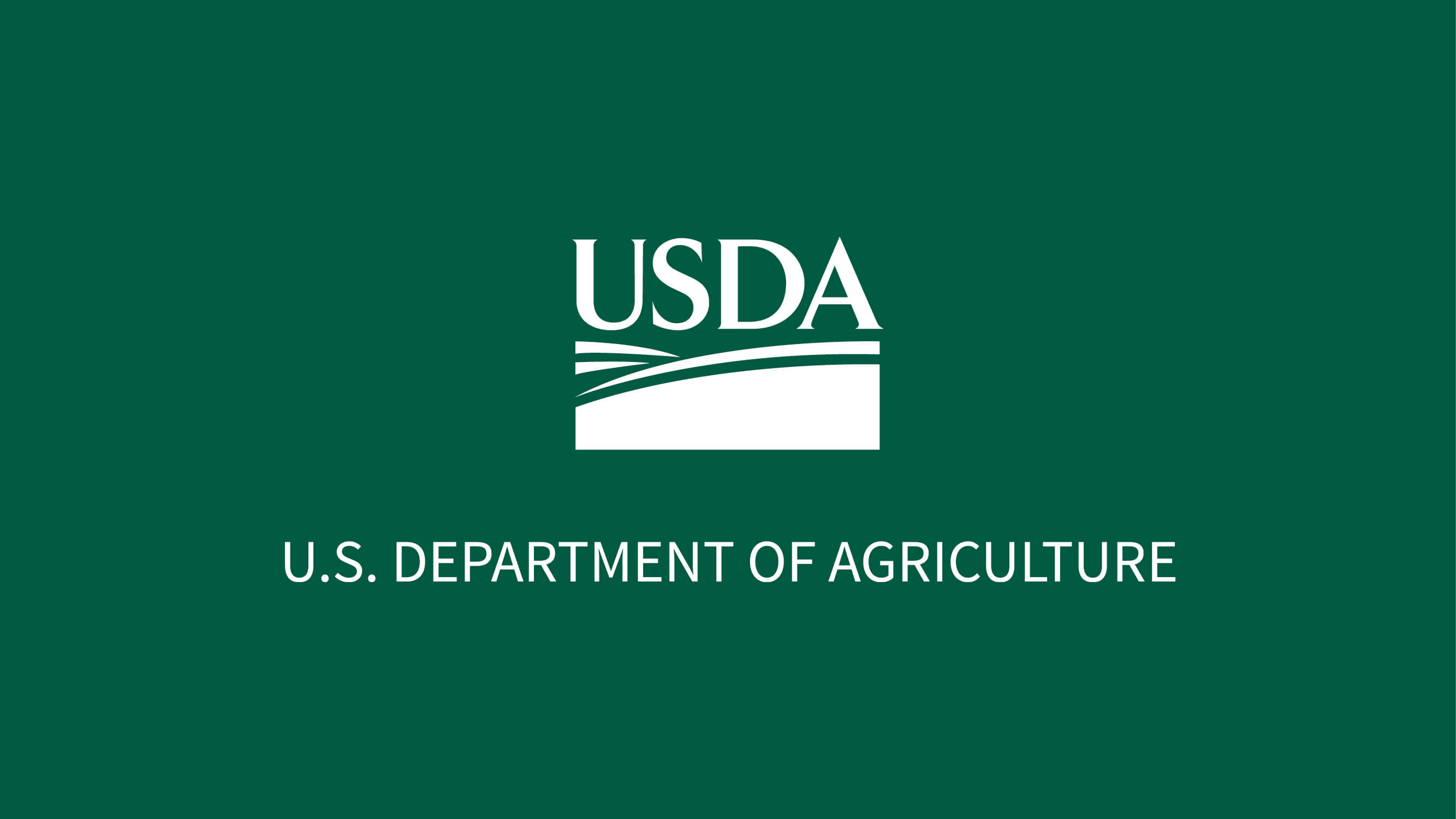Statement from Heather Dawn Thompson, Director of USDA Office of Tribal Relations, on Visits with Native Producers and with Cheyenne and Arapaho, Cherokee, and Osage Tribal Leadership about American Rescue Plan Debt Relief

TULSA, OK, May 27, 2021 — “This week, I traveled to Oklahoma to visit with individual Native farmers and with leadership from the Cheyenne and Arapaho, Cherokee, and Osage Tribal Nations about the American Rescue Plan debt relief for socially disadvantaged farmers and ranchers — which includes Native American, African-American, Hispanic, Asian American, and other minority producers.
“As an attorney who has practiced in Indian Country for most of my adult life, and as a Tribal citizen, I have seen the disproportionate difficulties Natives and Tribes have faced in agriculture. I have seen and heard for decades about the systemic barriers faced by Native American farmers and ranchers and Tribal nations in accessing USDA programs, including in my own family.
“While all producers faced enormous market challenges during COVID, the most recent example shows that among those who designated their race and ethnicity, only 1% of the market related COVID aid was distributed to socially disadvantaged producers—a statistic particularly frustrating for many Native communities as they were dramatically disproportionally affected by COVID.
“The American Rescue Plan has given USDA new resources to begin to address this cumulative and disproportionate impact by delivering historic debt relief to socially disadvantaged farmers and ranchers who hold a qualifying USDA farm loan.
“The debt relief will benefit several thousand Native American producers, and so I wanted to share information directly with them, answer their questions, and help get them prepared to participate in this historic relief.
“On Tuesday, I visited Oklahoma City and met with individual Native producers, and then toured the Cheyenne and Arapaho ‘Black Prairie’ bison herd.
“On Wednesday I met with leadership from the Cherokee Nation and the Osage Nation. I toured the Cherokee Nation’s Heirloom Garden and Seed Saving project, and their new meat processing plant and bison herd—initiatives that will help restore healthy foods and ensure food security for the region.
“When I met with the Native producers, I heard directly how this debt relief will finally allow them to reinvest in their land and operations and help them keep another generation farming in Tribal communities. One young 28-year-old producer shared that they would have been paying on their loan until they were 61 years old. Another Native producer showed me the for-sale listing for their home, that they will now be able to keep.
“Oklahoma in particular is going to benefit. Nearly a quarter of all eligible socially disadvantaged producers are in Oklahoma, which means nearly a quarter of the debt relief will benefit Oklahoma.
“With this debt relief, vital capital will be unlocked from USDA and local banks to reinvest directly in producers, food production, infrastructure, and local economic growth.”
To view photos of this trip, please visit USDA Flickr.
#
USDA is an equal opportunity provider, employer, and lender.
Read original article: https://cattlemensharrison.com/statement-from-heather-dawn-thompson-director-of-usda-office-of-tribal-relations-on-visits-with-native-producers-and-with-cheyenne-and-arapaho-cherokee-and-osage-tribal-leadership-about-american-r/
By: USDA Market Reports
